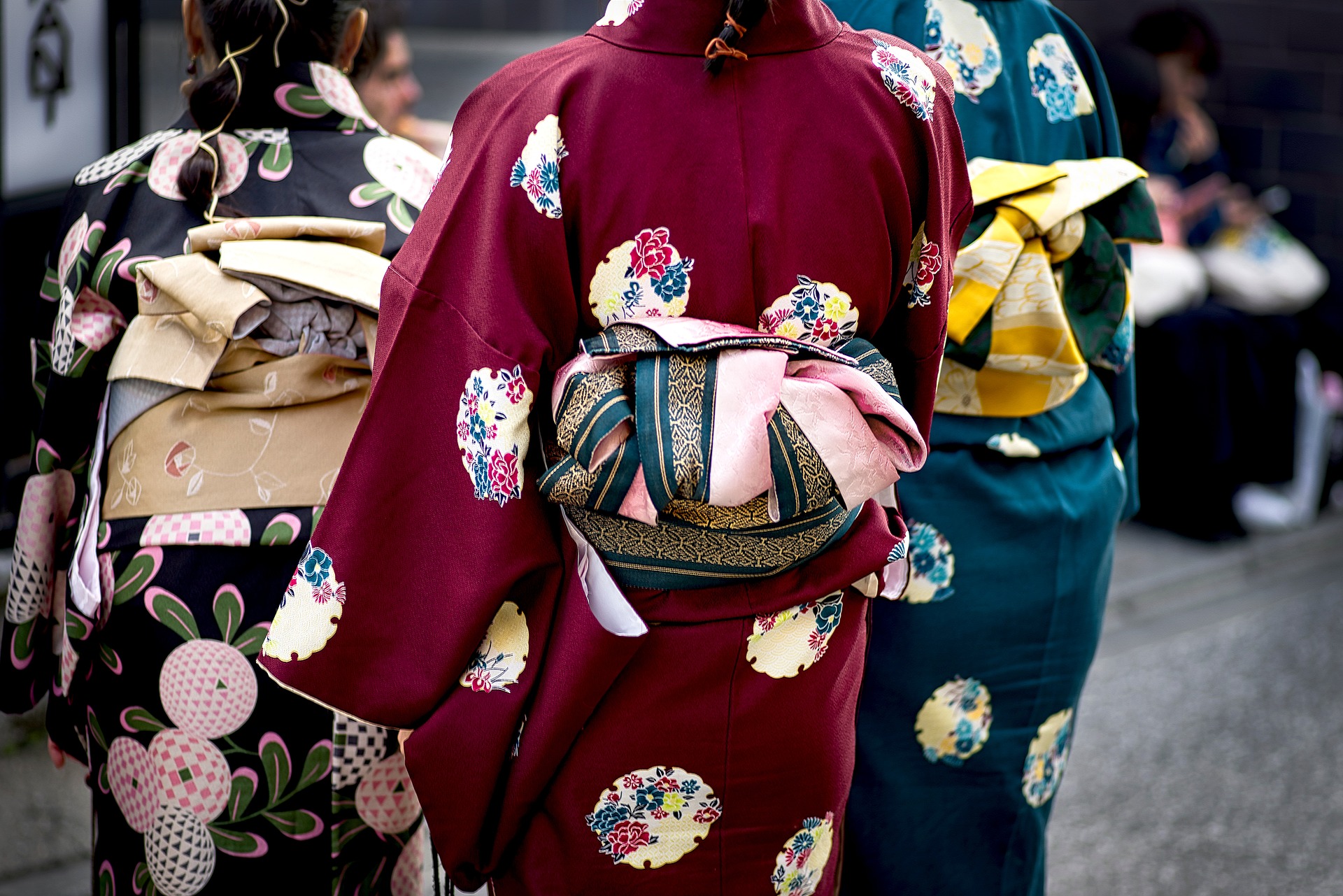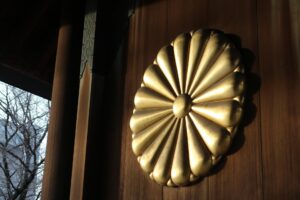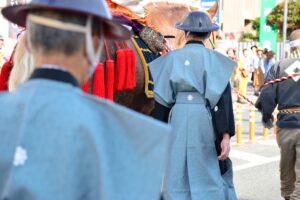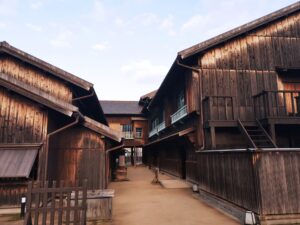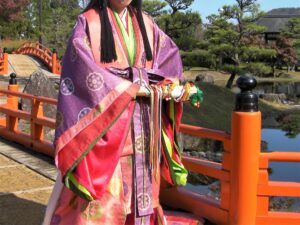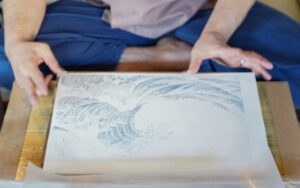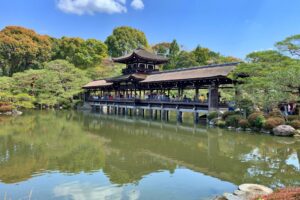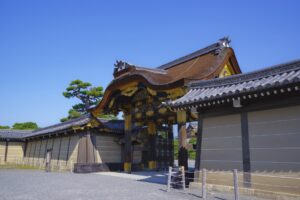This article delves into the fascinating world of Japanese national costumes, focusing on the history, types, and cultural significance of traditional garments like the kimono and yukata. It also explores modern adaptations, regional variations, and the influence of these garments on global fashion.
Introduction
Japanese national costumes are a window into the rich cultural heritage and history of Japan. These traditional garments, such as the kimono and yukata, have been worn for centuries and continue to hold cultural significance today. Understanding these costumes involves exploring their historical context, types, and how they have evolved over time. This article will delve into these aspects, providing a comprehensive overview of Japanese national costumes and their enduring appeal.
Historical Background
The history of Japanese national costumes is a testament to the country’s evolving culture and societal norms. Traditional Japanese clothing has its roots in the Jomon period (14,000 – 300 BCE), where early forms of woven garments were used.

The Heian period (794 – 1185) saw the introduction of the kimono, which became the standard attire for men and women. Over the centuries, the kimono evolved in style and form, influenced by various historical and cultural shifts, including the Edo period’s (1603 – 1868) rigid class structures and the Meiji Restoration’s (1868 – 1912) modernization efforts. Today, these garments are symbols of Japanese identity and heritage, worn during festivals, ceremonies, and special occasions.
Types of Traditional Japanese Garments
Traditional Japanese garments are diverse and each type holds unique cultural significance. This section provides detailed descriptions of some of the most prominent types of traditional Japanese garments.
Kimono
The kimono is perhaps the most iconic Japanese garment, characterized by its long sleeves, wrap-around design, and intricate patterns. There are various types of kimonos, each suited for different occasions:
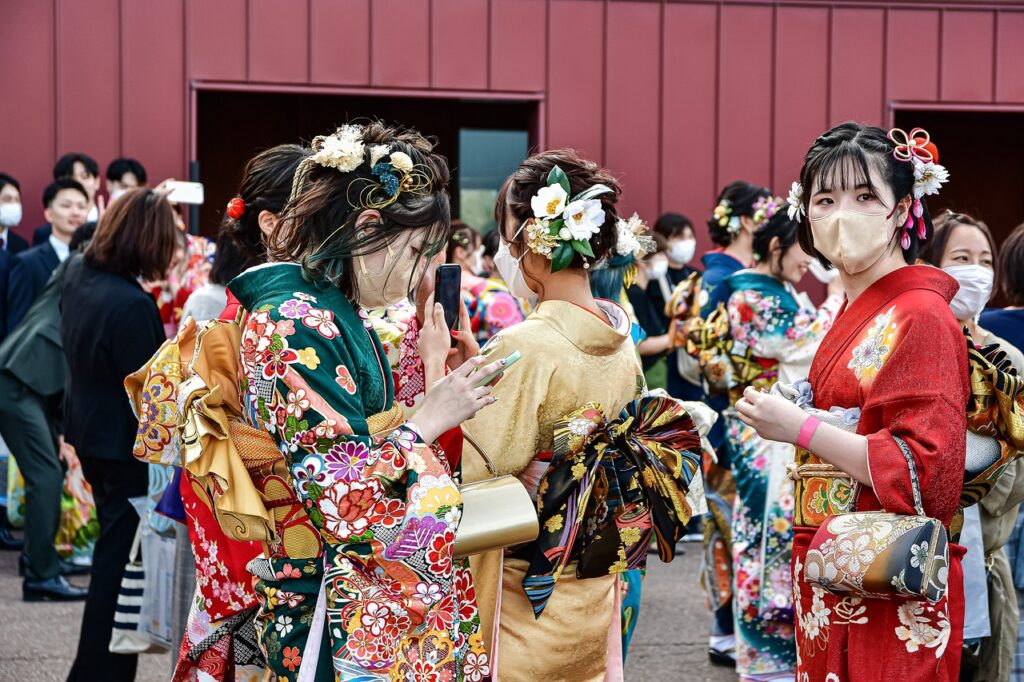
- Furisode: A formal kimono with long sleeves, typically worn by unmarried women during special occasions like weddings and coming-of-age ceremonies.
- Tomesode: A formal kimono with shorter sleeves, often worn by married women at formal events.
- Homongi: A semi-formal kimono suitable for various social gatherings.
- Iromuji: A single-colored kimono worn by both married and unmarried women, often used for tea ceremonies and other formal occasions.
Each type of kimono has its unique patterns, colors, and accessories, reflecting the wearer’s status, personality, and the season.
Yukata
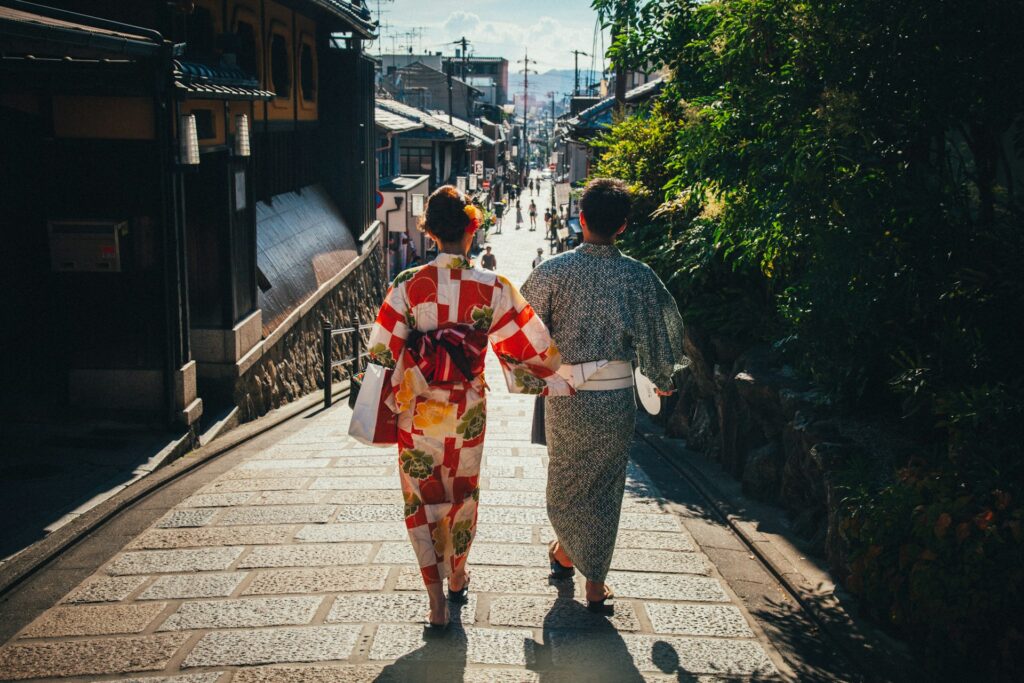
The yukata is a lighter, more casual version of the kimono, made from cotton and typically worn in the summer. Unlike the kimono, which is often made from silk and requires multiple layers, the yukata is simpler and easier to wear. It is commonly worn at summer festivals, fireworks displays, and during visits to onsen. The yukata’s simplicity and comfort make it a popular choice for both locals and tourists. It is often accessorized with a simple obi belt and geta (wooden sandals).
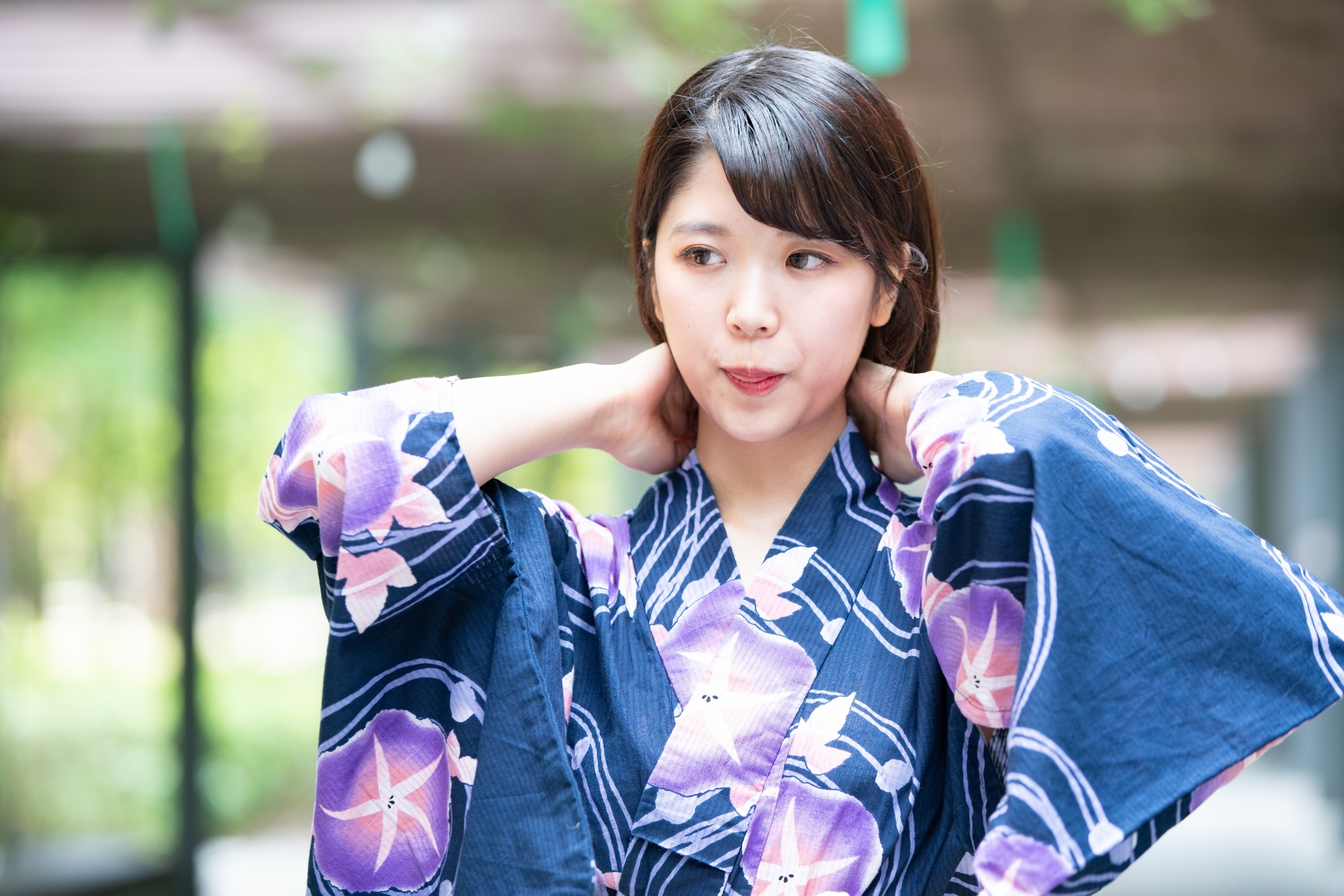
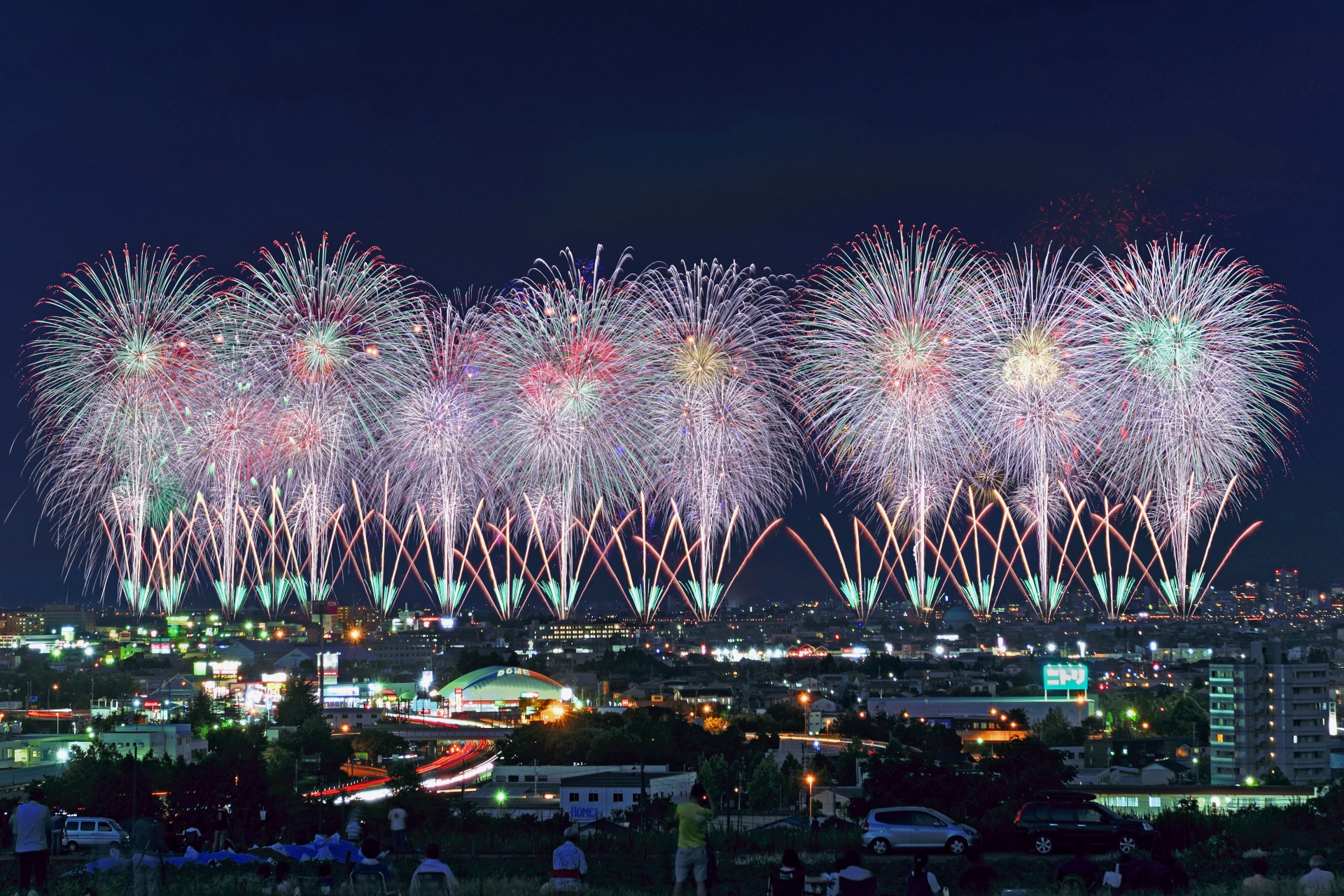
Hakama
Hakama are traditional Japanese trousers that are worn over a kimono. They are typically associated with formal occasions and martial arts. There are two types of hakama: the divided umanori, which resemble wide-legged pants, and the undivided andon bakama, which resemble a skirt. Hakama are often worn by men during ceremonies, although they can also be worn by women, especially in martial arts like kendo and aikido.
Haori and Happi

Haori are traditional Japanese jackets worn over a kimono. They are usually made of silk and are often worn during formal occasions. Haori jackets have intricate designs and are tied at the front with a string. Happi are similar to haori but are shorter and more casual. They are typically worn during festivals and are often decorated with symbols or family crests.
Modern Adaptations
In recent years, traditional Japanese clothing has seen a resurgence in popularity, both in Japan and internationally. Modern designers are incorporating elements of traditional garments into contemporary fashion, creating hybrid styles that appeal to younger generations. This blend of old and new has led to innovative designs that maintain the cultural essence of traditional garments while making them suitable for everyday wear. These modern adaptations are not only a tribute to Japan’s rich sartorial heritage but also a testament to its dynamic and evolving culture.
Regional Variations
Japan’s diverse regions have contributed to a variety of traditional clothing styles. For example, the Okinawan kimono, known as “Ryusou,” is distinct from the mainland kimono due to its vibrant colors and unique patterns. Similarly, the Ainu people of Hokkaido have their own traditional garments, characterized by intricate embroidery and distinctive designs. These regional variations reflect the local culture, climate, and history, adding another layer of richness to Japan’s national costumes.
Influence on Global Fashion
The influence of traditional Japanese clothing extends beyond Japan’s borders. Designers around the world have drawn inspiration from the kimono’s elegance and the yukata’s simplicity. This cross-cultural exchange has led to the incorporation of Japanese elements into global fashion trends, seen in everything from haute couture to everyday streetwear. The global appreciation for Japanese aesthetics underscores the timeless appeal and versatility of these traditional garments.
How to Wear Traditional Japanese Clothing
Wearing traditional Japanese clothing involves a specific set of steps and accessories:
- Kimono:
- Nagajuban: An undergarment worn beneath the kimono.
- Obi: A wide belt that is tied around the waist, often with a decorative knot at the back.
- Tabi: Split-toe socks worn with traditional sandals.
- Geta or Zori: Types of traditional sandals.
- Yukata:
- Worn similarly to a kimono but with fewer layers.
- Usually paired with simpler accessories like a hanhaba obi (narrow belt) and geta.
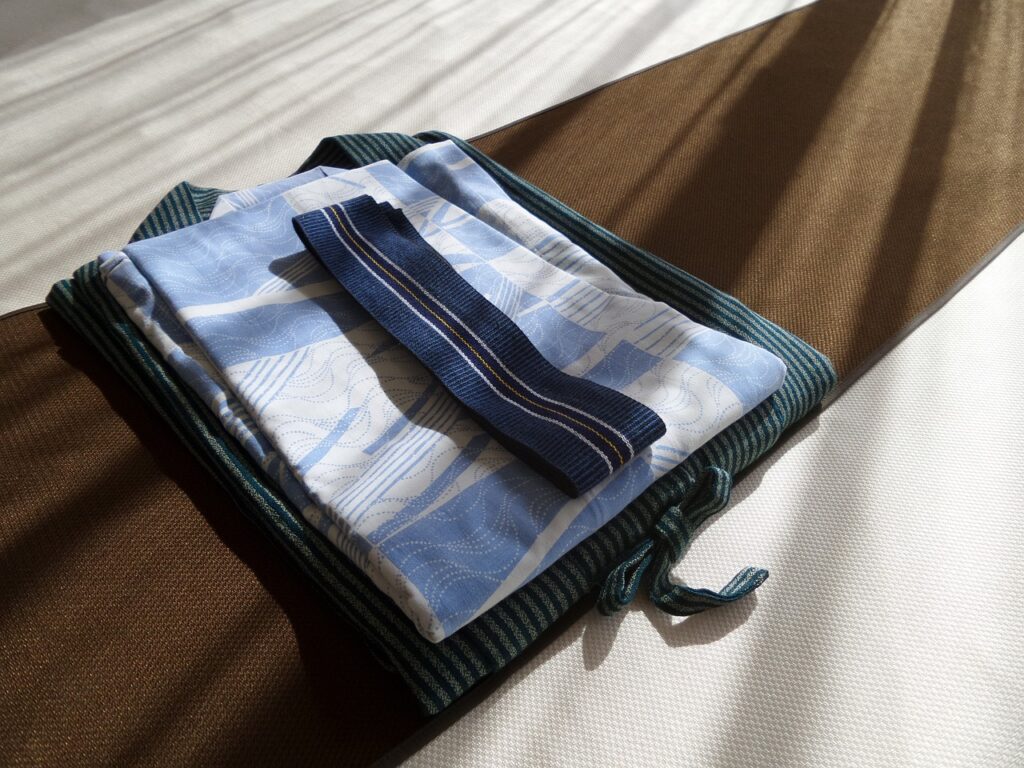
Learning to wear these garments properly can enhance one’s appreciation for their cultural significance and beauty.
Conclusion
Japanese national costumes are more than just clothing; they are a vital part of Japan’s cultural heritage and identity. From the historical evolution of the kimono and yukata to their modern adaptations and regional variations, these garments continue to fascinate and inspire. Understanding and preserving this aspect of Japanese culture ensures that its beauty and significance are appreciated for generations to come.

